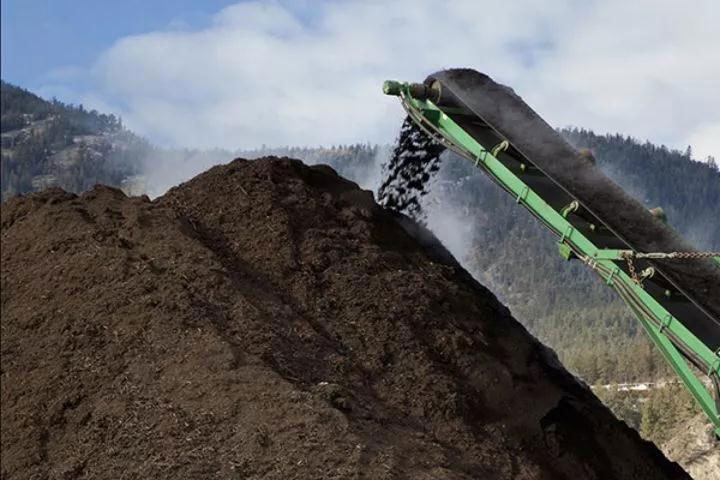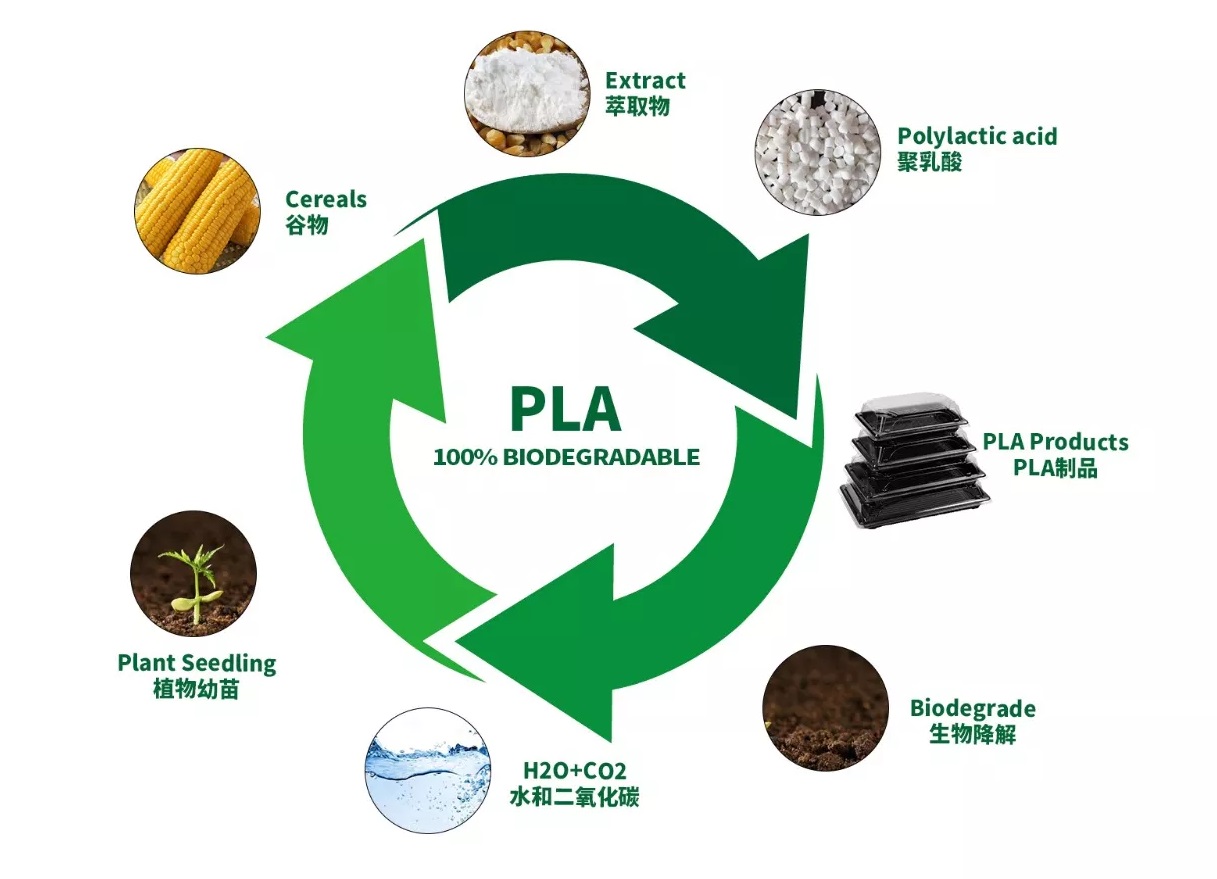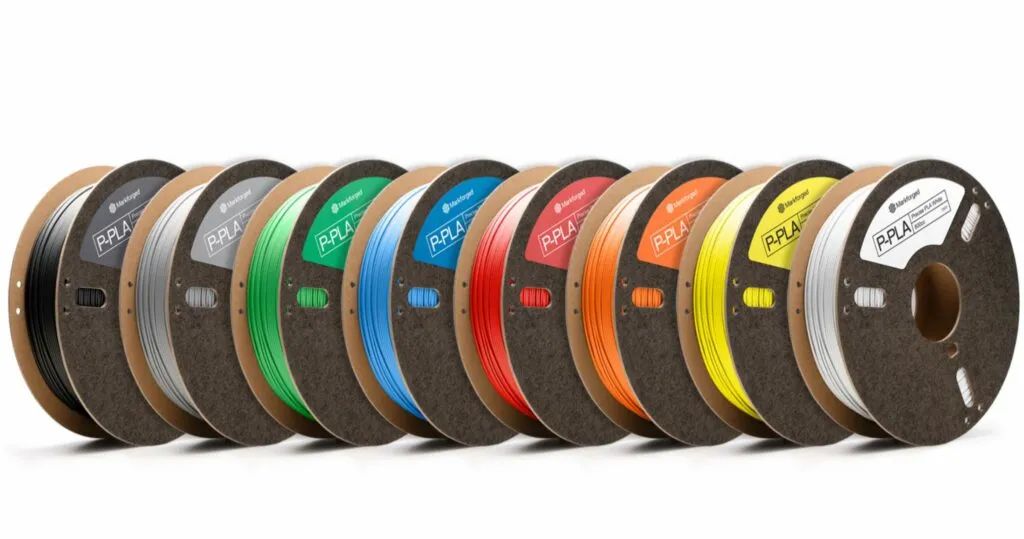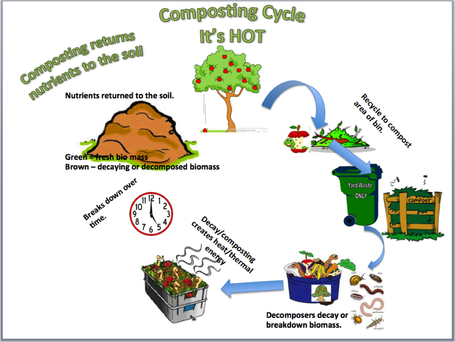How to differentiate degradable, biodegradable and compostable?
01 Definition
Degradable
Degradable means the capability of a significant change of structure and loss of performance (such as: process changes, relative molecular structure or strength) under the influence of certain mechanics within a certain period of time and including one or more steps.
From the definition of degradation, it can be seen that the result of plastic degradation is not necessarily to change the plastic from macromolecules to small molecules and finally to carbon dioxide and water. As long as the plastic structure changes significantly and the performance is lost, it can be summarized as degradation.
Degradable plastic includes photodegradable plastics, thermo-oxidatively degradable plastics, biodegradable plastics, etc.
Biodegradable
Biodegradable plastics are those that can be fully digested by the microorganisms in the processing system as food for energy (entering the food chain). Significant changes in the chemical structure of materials are caused by degradation through biological activities, especially the action of enzymes .
Biodegradable plastics are degraded by the action of microorganisms existing in nature under natural conditions such as soil and sandy soil, or under specific conditions such as composting conditions or anaerobic digestion conditions or in aqueous culture solutions, and finally completely degraded into carbon dioxide. (CO2) or/and methane (CH4), water (H2O) and mineralized inorganic salts of the elements they contain, and new biomass.
Compostable
Under composting conditions, due to the biological reaction process, it can be degraded and disintegrated, and finally completely decomposed into carbon dioxide (CO 2 ), water (H 2 O) and its mineralized inorganic salts of the elements it contains, as well as new biomass , and the heavy metal content, toxicity test, residual debris, etc. of the final compost must comply with relevant regulations.
Compostable is divided into industrial composting and home composting.
Industrial composting refers to the process of aerobic mesophilic or high temperature degradation of solid and semi-solid organic matter by microorganisms under controlled conditions to produce stable humus. The general cycle is 180 days, but with changes in aerobic composting technology, the shortest time is 30 days or even shorter.

Home composting refers to the process of aerobic composting mainly using household kitchen waste or garden waste for the production of composting for own use. Home composting takes longer than industrial composting, but generally no longer than a year.

02 Differences among degradable, biodegradable and compostable plastics
First, the difference between degradable and biodegradable plastics. Degradable plastic is a large category, including photodegradation, thermo-oxidative degradable plastic and biodegradable plastic. Biodegradable plastic is just one of them, but it can be biodegraded into carbon dioxide (or methane) and water etc. under natural environment, composting and other conditions.
Second, the difference between biodegradable and compostable plastics. Biodegradable plastics refer to a class of plastics that can be biodegraded in the natural environment or composting conditions or soil conditions or high solids, while compostable plastics refer to a class of plastics that can be decomposed into carbon dioxide and water under composting conditions, In the latter, in addition to the material requirements to become carbon dioxide and water, it also requires that the plastic can be turned into small pieces less than 2cm in size during the composting cycle, and the heavy metal content of the compost produced by composting must meet the standards of various countries. Compared with traditional compost, it will not adversely affect the growth of plants.
Although the international requirements for biodegradation performance are not the same, the detection methods are similar. The organic content is required to be more than 60%, the biodegradation rate of each material with a composition of more than 1% is required to be more than 60% (within 180d), and the organic content of the material is required to be more than 50%. European requirements requires a relative or absolute biodegradation rate of more than 90%.
The national standard for degradation performance in China is GB/T 20197. The standards required for compostable plastics are mainly ASTM D 6400 and 6868 in the United States, EN13432 and 14995 in the European Union. ISO 17088 is basically formulated on the basis of ASTM D 6400 and EN13432. China has technical requirements for compostable plastics in GB/T 28206-2011, and similar regulations have also been made in GB/T20197.











